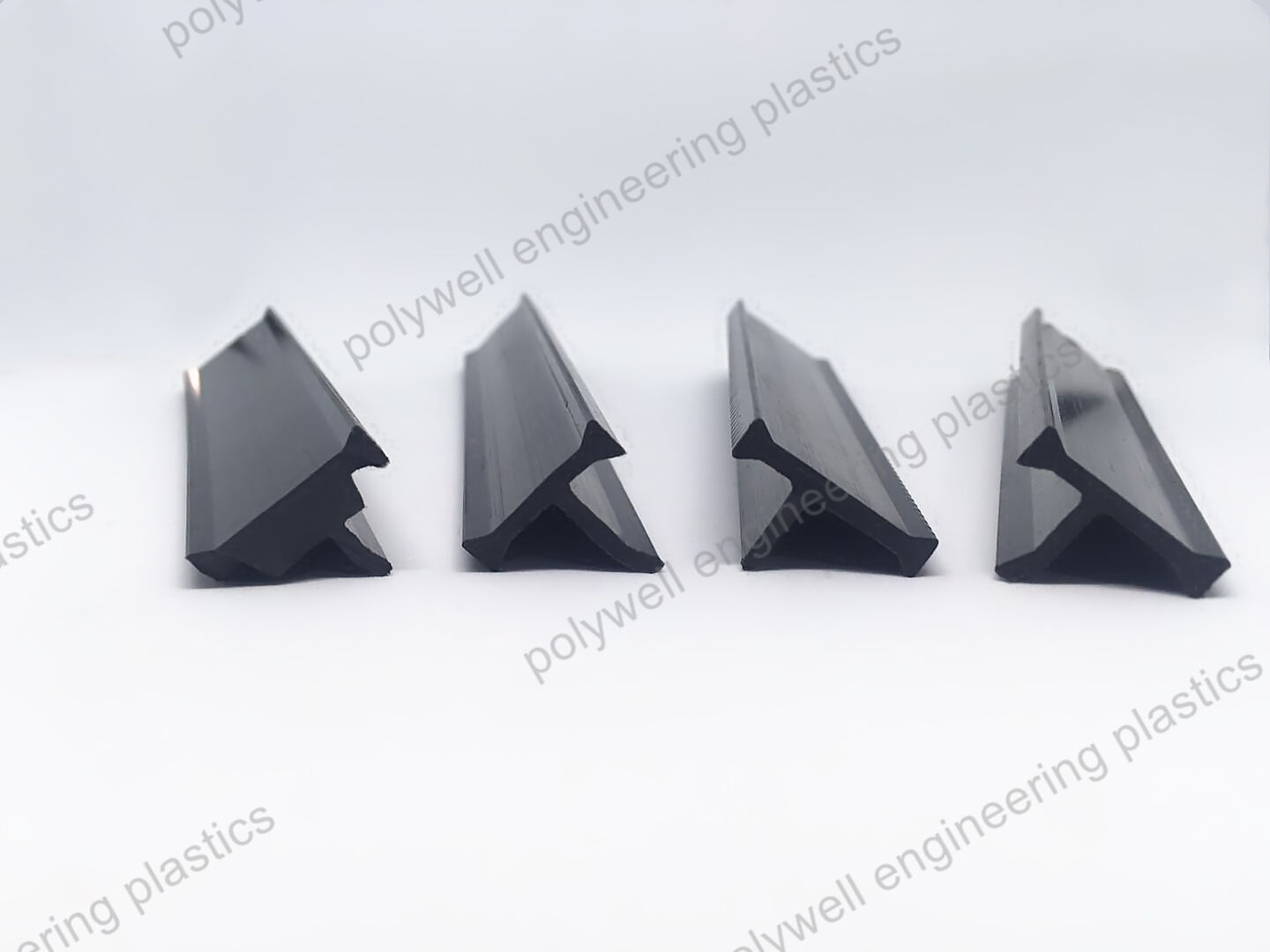
Thermal break strips are one of the vital components that help create energy-efficient buildings. The POLYWELL thermal break strips made out of PA66 GF25 material are effective in reducing heat transfer and thus, increasing the thermal performance of buildings. These strips, when applied to building design and construction, increase energy efficiency, occupant comfort as well as the serviceable life of building elements.
Thermal bridging ranks among the most critical problems of building design thermal bridging, which is described as heat transfer between conditioned and unconditioned spaces through conduction materials. In practical terms, it means higher energy bills and inconveniences for building users. Theses strips have been developed especially for this reason. These (thermal break) strips are placed between the aluminum frame and the building’s exterior. This prevents heat from flowing causing better insulation of windows and doors.
Apart from their thermal functionality, POLYWELL thermal break strips assist in moisture control in buildings. When warm air that is rich in moisture comes into contact with cold surfaces, it will result in condensation, which can lead to the development of mold and possible structural damage. Installing these thermal break strips should help builders and constructors to maintain surface temperatures whereby condensation formation becomes a rare and distant possibility. While easing condensation formation, these thermal break strips also ensure a healthier indoor atmosphere. It is also fundamental that moisture is prevented from causing damage to building materials and occupants are protected.
A further significant benefit of POLYWELL thermal break strips is in sound insulation. In the urban setting, the issue of noise pollution is expected to adversely affect quality of life for residents. The thermal break strips are capable of providing additional insulation which will assist in the prevention of sound going through the outer walls thereby making it quieter within the confines of the building. This feature is especially important for the construction of residential buildings since, in such buildings, most of the occupants will be looking for peace and quiet.
The practicality of the POLYWELL thermal break strips should also be mentioned. Strips of this type can be easily incorporated into a wide range of frame materials such as aluminum, wood, or PVC. This feature enables the builders to use POLYWELL thermal break strips in different types of construction projects without letting aesthetics or the structural soundness suffer. In case a high rise structure or a single unit residential construction is being undertaken, the designers can use these strips confidently to improve the energy efficiency of their design without any doubts whatsoever.
There is also an effort to achieve energy efficiency nowadays especially in the building industry which is where THE POLYWELL thermal break strips fit in. By assisting builders in lowering energy usage, these strips accomplish their sustainability objectives and reduce their project’s carbon emissions. As more consumers and regulators demand higher levels of energy efficiency, the need for POLYWELL thermal break strips will become essential in any contemporary construction.
Installing POLYWELL thermal break strips is also quite easy and hence a big advantage. These strips are simple to apply and can be quickly and easily incorporated into constructions already in place, thus reducing time and labor costs. This feature is easy to use and improves project focus by reducing unnecessary delays.